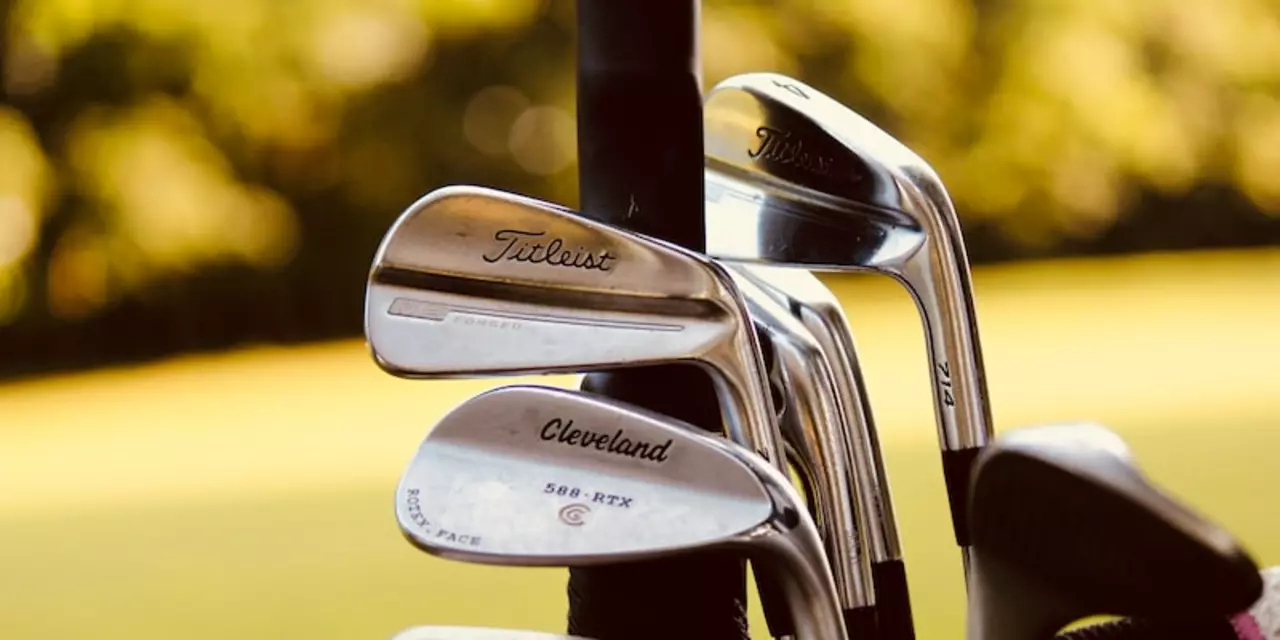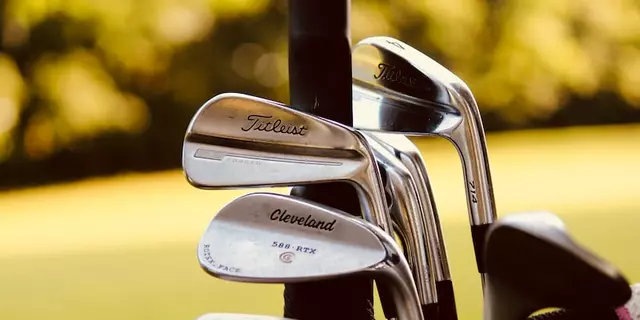Golf Travel Tips for Every Golfer
When planning a golf getaway, golf travel tips are practical guidelines that help you move your gear safely, meet airline rules, and arrive ready to play. Also known as golf packing advice, they combine knowledge about golf clubs, the set of clubs you swing on the course, the right hard‑shell travel bag, a rigid case that shields clubs from bumps and pressure, and the airline's baggage policy, rules that determine fees, size limits, and handling for sports equipment. Understanding these pieces lets you avoid surprise fees, protect expensive equipment, and keep travel stress low. Golf travel tips encompass packing strategies, require knowledge of airline policies, and influence how you choose protective gear.
Key Gear and Packing Strategies
The first step is choosing the right case. A hard‑shell travel bag offers the most protection because its rigid walls absorb shocks that a soft bag can’t. Inside the case, wrap each club head with bubble wrap or a neoprene sleeve; this extra layer prevents dents and scratches during handling. Fill any gaps with clothing or towels – that prevents the clubs from rattling around, which could damage the shaft. Next, label the bag clearly with your name and contact info; airlines often mishandle unmarked items, and a label speeds up retrieval if it ends up in the wrong cargo hold. Finally, check the airline’s baggage policy before you book. Some carriers treat golf bags as regular checked luggage, while others charge a sports equipment fee. Knowing the exact cost and size limits lets you pack efficiently and avoid last‑minute repacking at the gate.
When you arrive at the airport, head straight to the check‑in desk and declare your golf bag. Ask the agent to tag it as “fragile” or “sports equipment” – many airlines honor that request with extra handling care. If you’re flying with a carrier that offers a “golf bag” option, you might be able to pay a flat fee that covers both transport and insurance. Once the bag is on the plane, it will be stored in the cargo hold, so you don’t need to worry about it shifting during flight as long as you’ve packed it tightly. After landing, inspect the bag for any damage before you leave the baggage claim area. Small dents can often be fixed at a local golf shop, but catching them early saves you a costly repair later. By following these steps, you turn a potentially nerve‑racking part of the trip into a routine that’s quick, cheap, and hassle‑free.
Below you’ll find a curated list of articles that dive deeper into each aspect of golf travel – from detailed bag reviews to airline‑specific fee breakdowns and seasonal packing checklists. Whether you’re a first‑timer or a road‑warrior, the posts will give you concrete actions to take before you board, so you can focus on the fairway instead of your luggage.

How do you put golf clubs on a plane?
When traveling with golf clubs, it is important to know how to properly pack them for the plane. It is recommended to use a hard-shell golf club travel bag, as these provide the most protection. Additionally, it is best to wrap the clubs in bubble wrap or other protective material to ensure further protection. When boarding the plane, it is important to make sure that the clubs are properly stored so they do not move during the flight. Finally, when traveling with golf clubs, make sure to check with the airline regarding any additional fees for bringing the clubs on board.
Categories
- Sports & Recreation (5)
- Business (4)
- TV & Entertainment (2)
- Language Learning (1)
- Automotive Reviews (1)
- Golf Travel Tips (1)
- Golfing Regulations and Rules (1)
- Golf Equipment Reviews (1)
- Sports and Lifestyle (1)
- Sports Equipment Reviews (1)
Popular Articles

